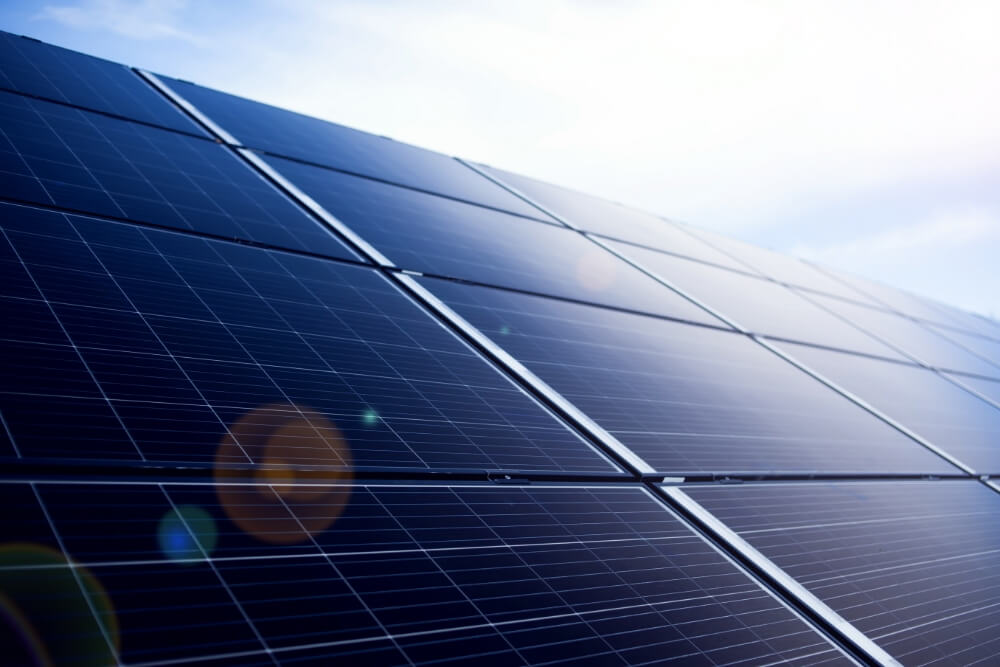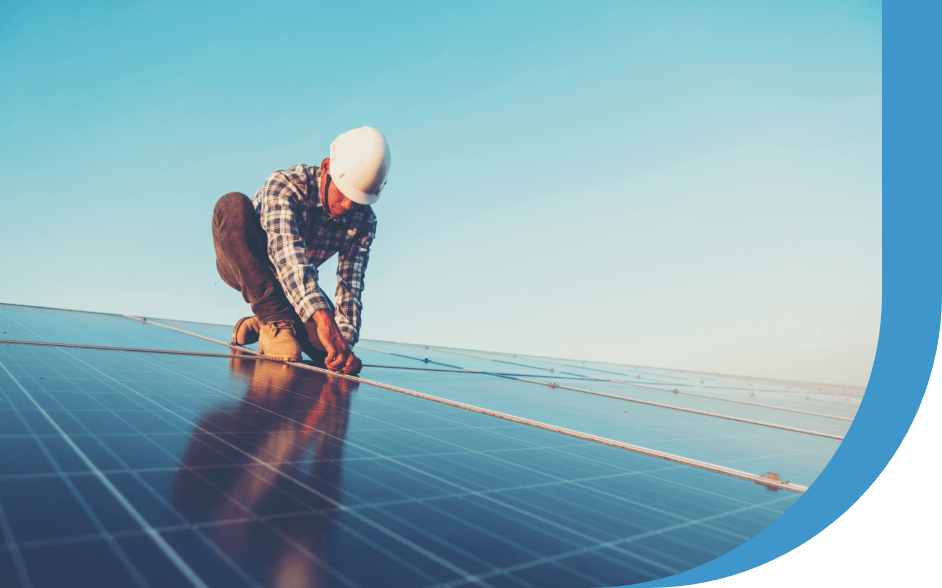
Bifacial solar panels, a technological innovation in the solar energy landscape, offer a distinctive advantage by capturing irradiance on both sides of the panel. This unique design presents a significant leap forward in efficiency and overall energy savings, providing an alternative solution to traditional solar panels. Understanding the conditions that optimise the performance of bifacial panels is crucial for harnessing their full potential.
The defining feature of bifacial solar panels lies in their ability to absorb irradiance on both the front and rear sides of the panel. Unlike conventional solar panels that solely capture sunlight on their front-facing surface, bifacial panels leverage the reflective properties of nearby surfaces to enhance energy production.
For maximum efficiency, it is essential to deploy bifacial panels in environments that align with their unique capabilities. The ideal conditions for bifacial panels include:
Given their ability to harness both direct and reflected sunlight, bifacial panels are particularly well-suited for specific applications. These may include solar installations in areas with:
In conclusion, the deployment of bifacial solar panels represents a remarkable advancement in solar technology. By strategically situating these panels in environments with highly reflective surfaces, one can unlock their full potential, maximising efficiency and overall energy savings. As the solar industry continues to evolve, bifacial panels stand out as a promising solution for optimising renewable energy generation.

We pride ourselves on giving an exceptional level of customer service. Contact us to day for a no obligation quote.



If you would like to receive a personalised quote for any or our services, or just have general queries about Solar energy systems please complete the form below. We aim to get back to you within 24 hours.